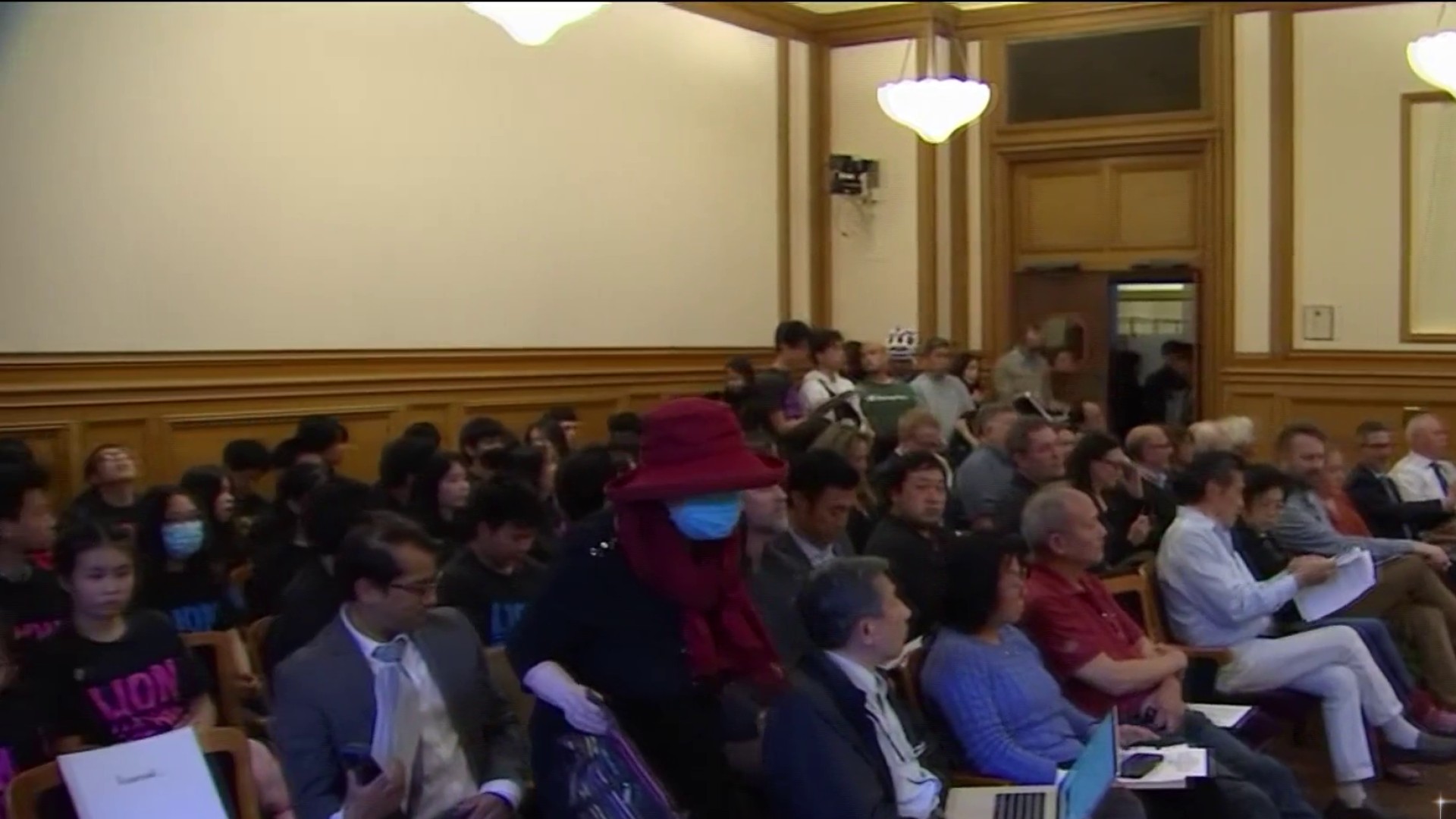An aging seawall along San Francisco's iconic waterfront would leave the city defenseless in the event of sea level rise or a major earthquake, but new state legislation announced Monday would help secure more funding to strengthen it.
Assembly Bill 2578, introduced by Assemblyman David Chiu, would provide the state with a mechanism to contribute to the Seawall Earthquake Safety Program and would generate an estimated $55 million in the first 10 years of the program and a total of $250 million over the life of the program.
Chiu announced the bill Monday at Pier 14, alongside Mayor Mark Farrell, Supervisors London Breed and Jane Kim, state Sen. Scott Wiener, D-San Francisco, and executive director of the Port of San Francisco Elaine Forbes.
The Embarcadero Seawall, first constructed in 1879, covers more than three miles of the city's northern waterfront and protects the city from flooding and supports infrastructure like BART, the San Francisco Municipal Railway and ferry service.
"We know with near certainty that the big one will strike us within the next three decades. And if it does, we'll see catastrophic flooding along our waterfront," Chiu said. "It's imperative that we protect this asset not just for San Francisco but for the Bay and for our California economy."
AB 2578 would allow the city to direct taxes designated for schools to the Port's infrastructure financing district and authorize the use of that funding for shoreline improvement, according to Chiu's office.
Up to $5 billion is needed to make the infrastructure improvements.
Local
A proposed $350 to 500 million general obligation bond for the program, which is being considered for the November ballot, would help raise funds to fill in budget gaps, Chiu's office said.
"This is really about two realties of life: sea level rise and earthquakes," Wiener said. "And much as we want to wish them all away, the big earthquake is going to come and unless we take radical action today around reducing carbon emission and fighting climate change, we are going to continue to see sea level rise."
"Let's be clear, this is about planning for the future of our city," Farrell said. "It is about infrastructure. It is about making sure that our city is resilient when the next earthquake hits."



